
MASKNE IS THE NEW ACNE, HERE’S HOW TO PREVENT IT
You’re doing the right thing and protecting yourself and others by wearing a mask when you go out in public, but your skin isn’t happy. When you take off your mask, do you have redness, inflammation, and new breakouts on your chin, nose, and cheeks?
If so, you’re not alone. “Maskne” has become the new acne, and it’s even affecting people who have not been prone to acne before the current crisis. What gives? And how can you prevent and treat this irritating side effect of personal and public safety during this time? Let’s find out.
WHAT’S CAUSING MASKNE?
There are a few reasons why your mask might be causing breakouts. The first is that the lower half of your face is suddenly exposed to a much more humid environment than it is used to. This is true even if you live in the South and are used to humidity all summer long. As you breathe, your hot breath is a constant humidifier for your skin, and there’s no breeze to blow it away.
Unfortunately, this is just one of the realities of staying safe at the present time. Another reason for maskne is that your mask itself can hold moisture and bacteria against your skin. This is mainly an issue when the mask gets wet. If you are sweating or if you spill water or anything else on your mask, that moisture will get on your skin and irritate your skin, potentially causing acne.
PREVENTING MASK-INDUCED ACNE
The best cure for maskne is, of course, prevention. Here are some tips for preventing acne caused by your mask.
1. WASH YOUR FACE BEFORE AND AFTER WEARING YOUR MASK
You don’t need to wash after each mask application, of course; the main idea is to wash your face before putting it on in the morning and after taking it off for the last time in the afternoon. Use a cleanser that is formulated for your skin type. Benzoyl peroxide is a good product to look for, even if you haven’t been prone to acne before. If you have dry skin, use it only on the oily areas covered by your mask.
2. APPLY MOISTURIZER
You might think that skipping the moisturizer will keep your skin from getting too oily, but the opposite is actually true: Your skin will compensate for being too dry by creating more pore-clogging oil. You can help prevent that by using a non-comedogenic moisturizer designed for acne-prone skin. Moisturizer also has the benefit of creating a barrier between your skin and the mask, so it can also help prevent irritation and redness.
3. TRY VARIOUS MASK TYPES
Part of your acne can be caused by the mask not fitting correctly and chafing your skin. You might also find that a 100 percent cotton mask is gentler on your skin than one made from a stretchier material. Or, you might prefer disposable masks because they are easy to simply toss out and replace after a few hours. If you’re getting chafed near your ears consider switching to the type of mask that ties behind your head instead of one with ear loops. Look for a safe mask that works for you.
4. KEEP YOUR MASK CLEAN
If you are using disposable masks, then the only thing you need to do is remember to replace it periodically throughout the day and any time it gets sweaty or dirty. With a cloth mask, you will need to pack several with you each day so you can do the same. When you get home, put it in the laundry and use a gentle detergent without fabric softener. Then dry it on a heat setting to kill any lingering bacteria (again, without fabric softener).
5. REFRAIN FROM TOUCHING YOUR FACE
Yes, this has been drilled into all of us for the past six months, but if you are often fidgeting with your mask because it’s uncomfortable, you’re introducing more bacteria to your skin. Even if your hands are clean, you still have oils from your fingers that don’t need to be on your face. Really make an effort not to touch your face or move your mask around. Just leave it in place whenever possible, and if you need to move it, wash your hands first.
6. REDUCE YOUR STRESS LEVELS
This one isn’t related to wearing a mask, but it is related to the current situation. Stress really can make you more prone to breakouts. While you can’t control the health and economic issues around you, you can try to take some time each day for deep breathing and meditation.
Try to find something you enjoy that is relaxing, whether that means taking a walk, coloring in an adult coloring book, or listening to your favorite music on your commute. Also, be sure to eat healthy foods and exercise regularly. All of these general lifestyle tips will contribute to less stress and healthier skin overall.
TREATING MASKNE AS IT OCCURS
Chances are good that you will get a blemish or two from your mask at times, even if you are impeccable about hygiene and are taking care of your skin. If you are getting a pimple or a blackhead here and there, simply cleaning it and otherwise ignoring it can be the best option. If you are still struggling with lots of acne or any type of inflammation or persistent redness, however, then you may need to see a dermatologist.
He or she might need to prescribe an antibiotic, a prescription acne medication, or some other treatment to keep the situation under control. There’s no reason to hide behind your mask or otherwise or to feel bad about asking for help. Many people, even those who haven’t had a pimple in years, are struggling with acne from wearing a mask (as well as from the stress of the current situation).
By taking a few preventative tips, making a couple of lifestyle changes if you can, and seeking help if your maskne is getting out of control, you can look forward to the day we can all remove our masks without wanting to hide behind your mask a bit longer because you don’t want to show the world your acne. Keep on masking up for safety while caring for your skin.
 None
None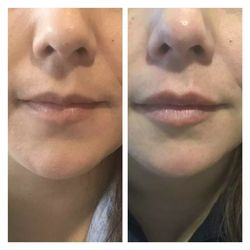 None
None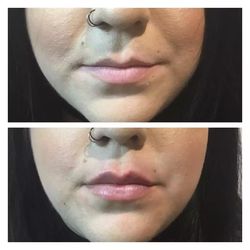 None
None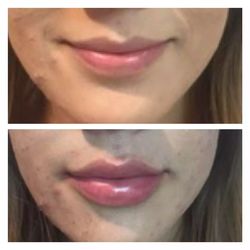 None
None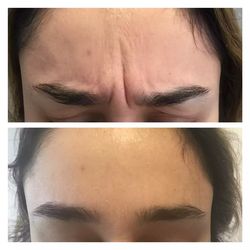 None
None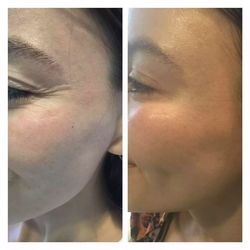 None
None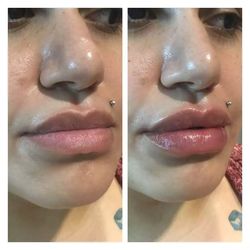 None
None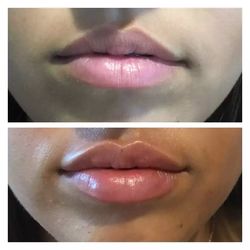 None
None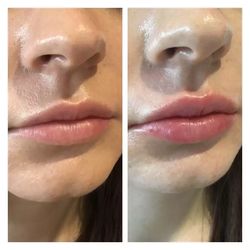 None
None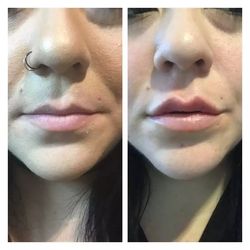 None
None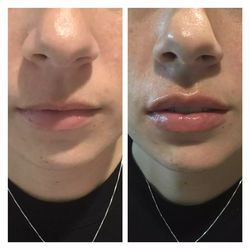 None
None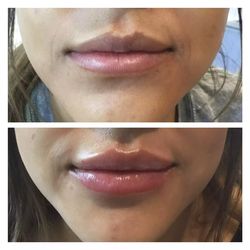 None
None None
None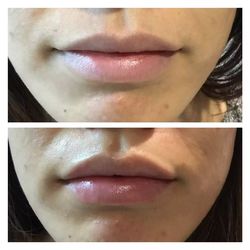 None
None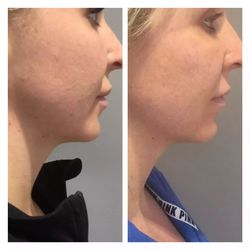 None
None None
None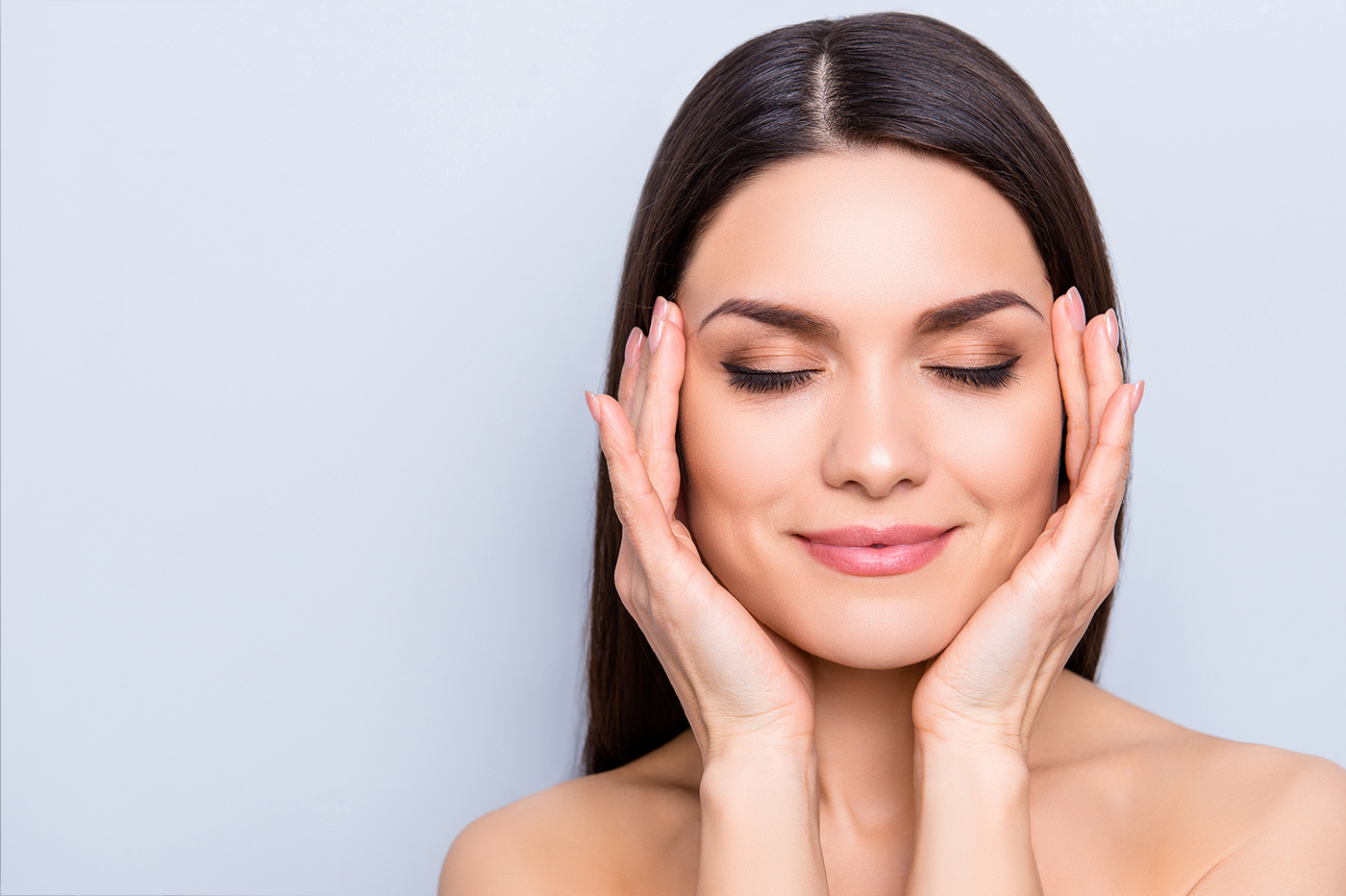
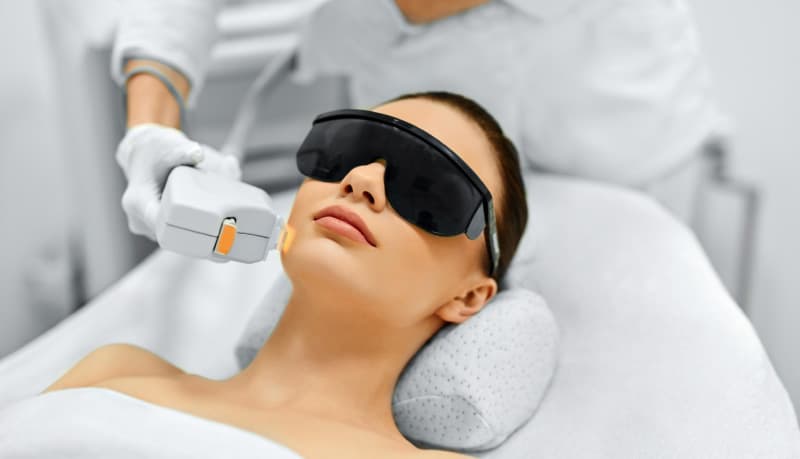

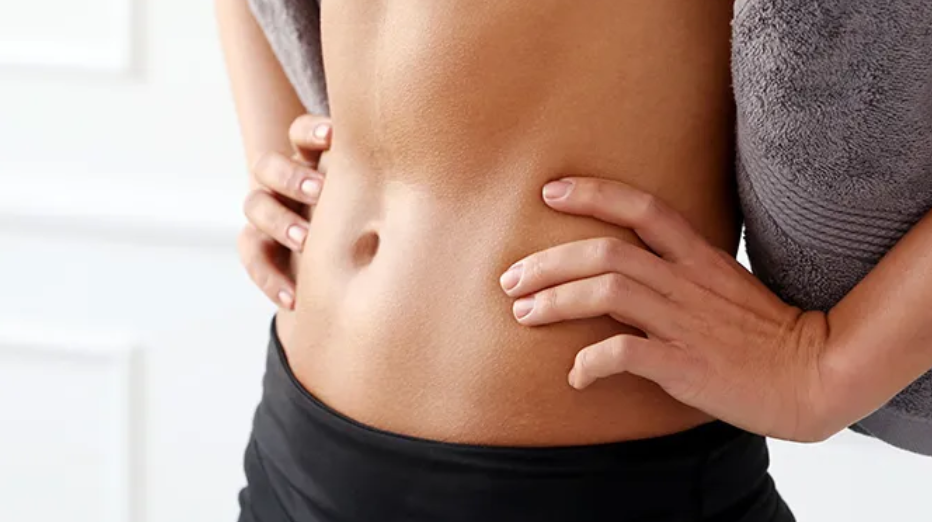
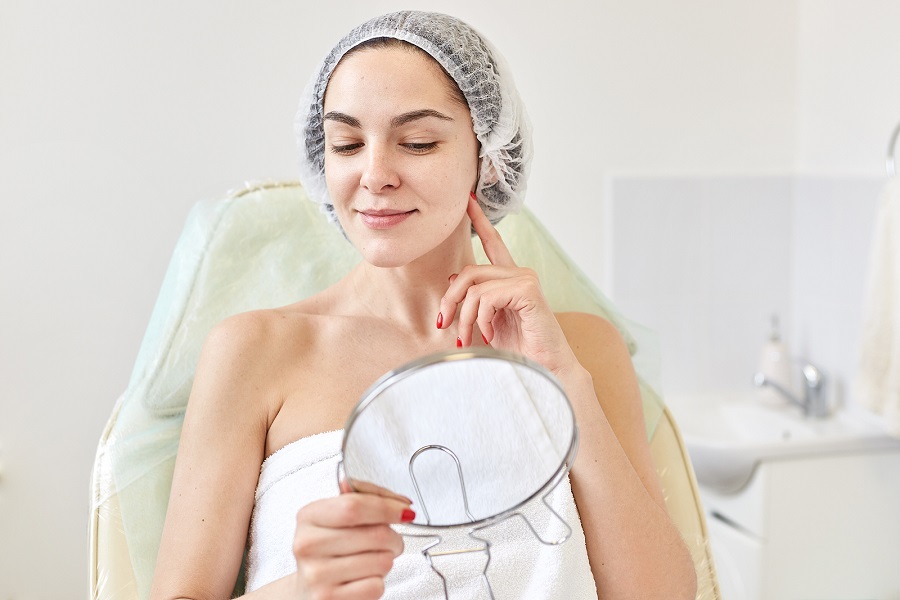

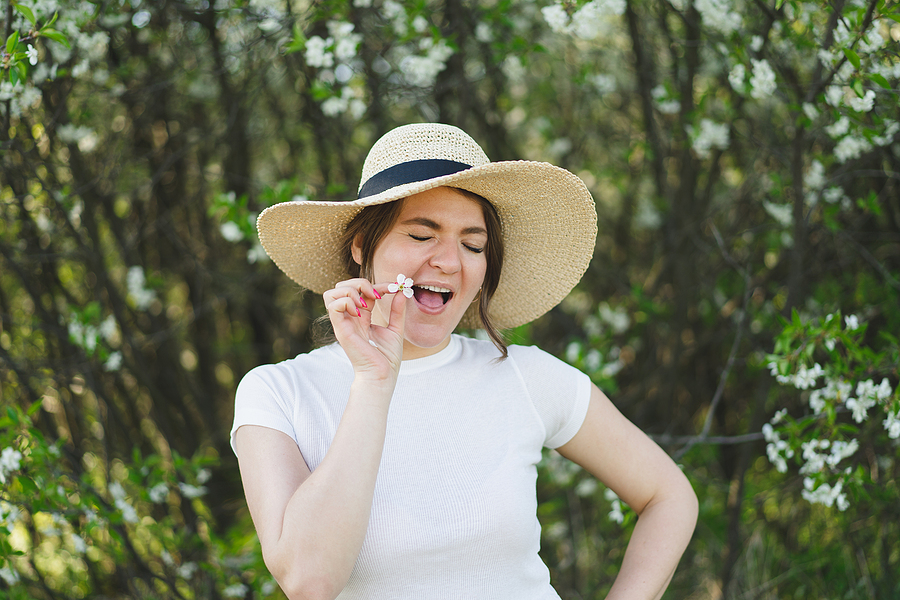
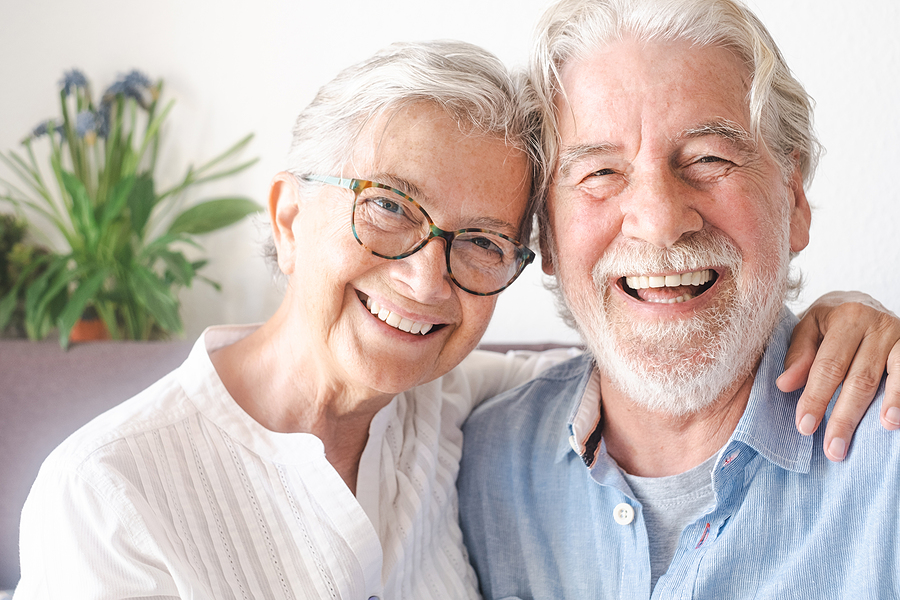
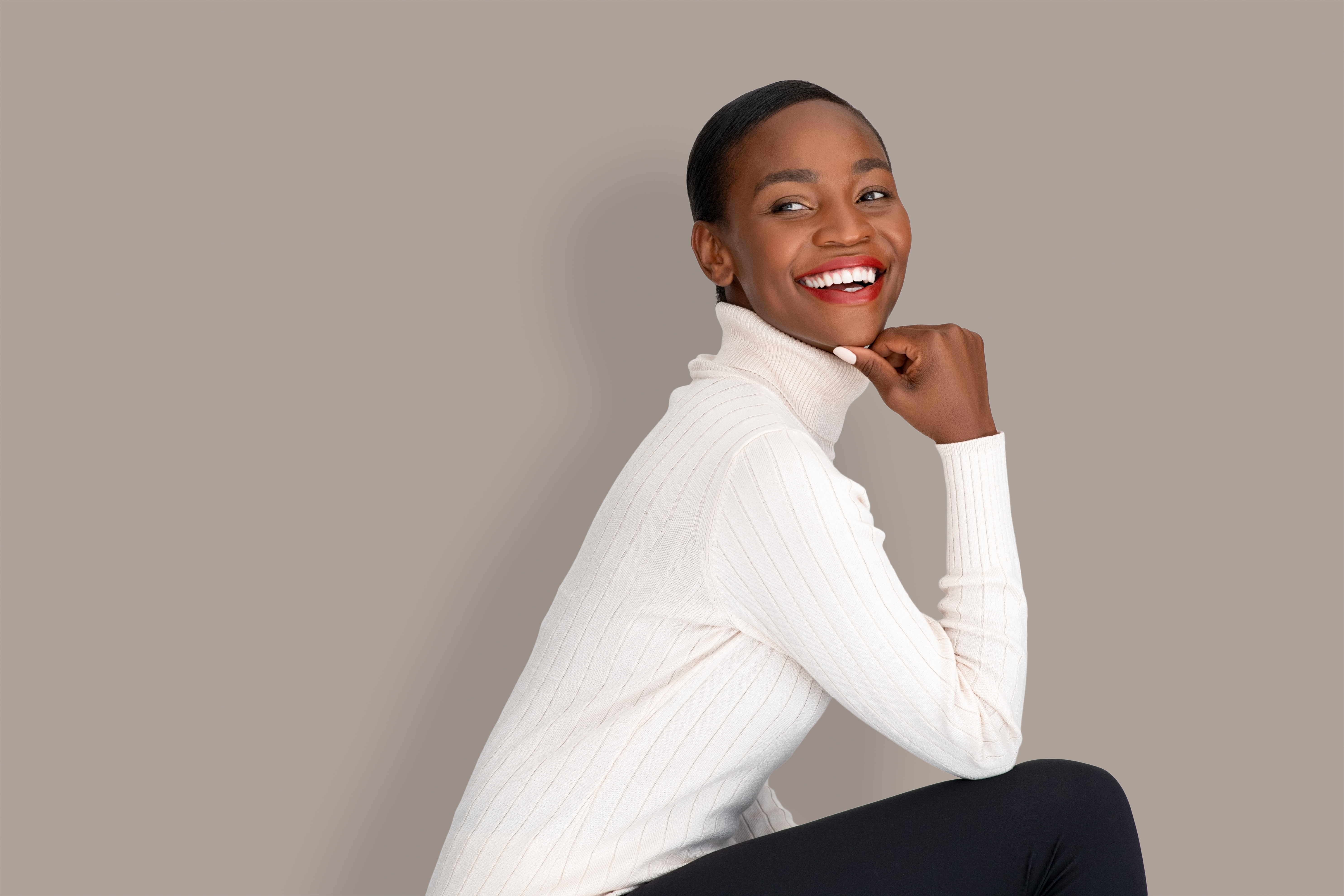
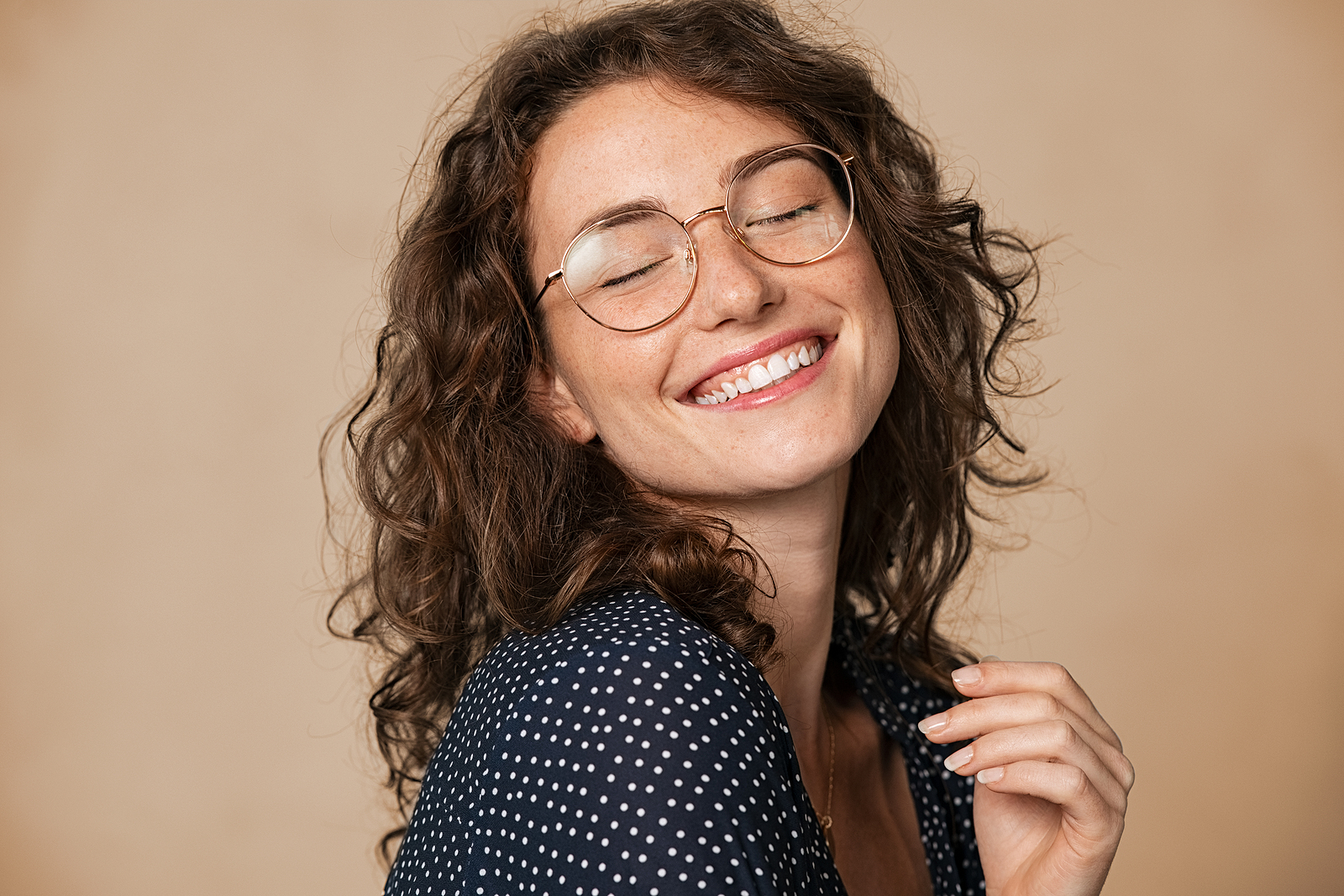

0 comments